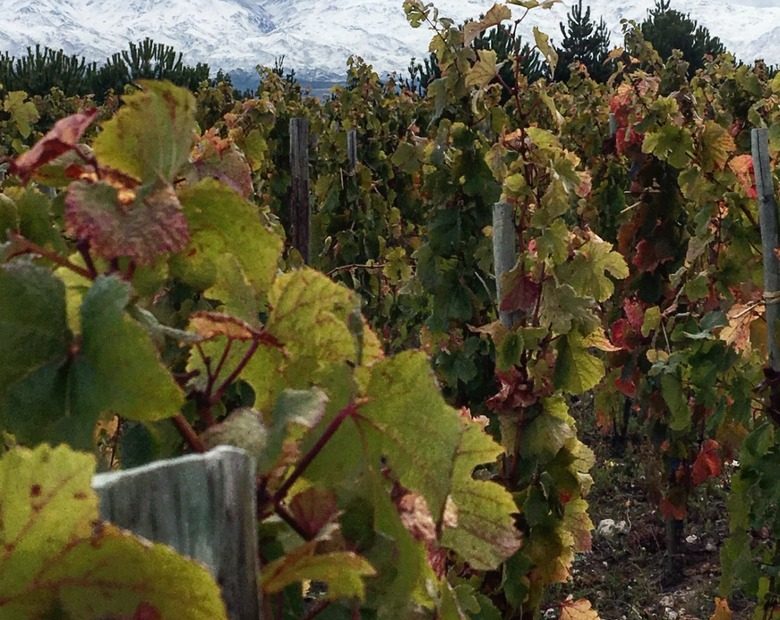The 2016 vintage will be remembered by many producers for being perhaps the most challenging of the last decades. It was one of the coldest and at the same time rarest in the last 60 years. Since the unforgettable ’92 frost, which took away 50% of the production with it, we have not had such a low harvest.
As we like to say, it broke the mould. It was very cold – the coldest in at least a decade – and humid, which means it cannot be compared with any other. The quality obtained, given the climatic characteristics of the year, would have been at least unexpected.
It was an ideal vintage to achieve natural acidity, low alcohol, and adequate phenolic maturity in the wines. The fact that it was a challenging vintage will not hinder the possibility of obtaining great wines, although they will certainly be limited in quantity.
We had a cold and wet spring in most areas until September / October, with below-average rainfall. In November, the weather conditions stabilized, but from December to April, the maximum, average and minimum temperatures always continued to be lower than the historical average.
This situation caused a delay in all stages of the vine lifecycle. From bud break to harvest, it always remained on average three weeks later than normal, although much more concentrated and faster, given the scarcity of the grape.
For those who like to talk about bioclimatic indices, this year was bourgeois, typical of a cold part of Burgundy (W1).
In September, the first late frosts came, and they brought with them a decrease in grapes. Fortunately, both in March and in April the weather became drier than in January and February.
Something very unusual was the March 17 Zonda wind that raised the temperature and brought the humidity levels down to 20%, which gave us a splendid harvest window. Completion was a week earlier than usual.
The quality of grape we obtained was magnificent. The wines will stand out in freshness, austerity, finesse, balance, and fluidity.
Our wines
2016 was a tremendous year for La Craie, as its complexity stands out like none of the previous vintages. This is because the mineral and calcareous character is not alone but accompanied by many other things that make it a wine with more layers than usual. It maintains depth, perhaps like the 2013 vintage, and it is very vertical.
Iubileus is again an expressive wine that speaks very well of the place and the vintage, of fruit and floral aromas. In the mouth, it is more compact than La Craie, with great length and a remarkable finish at the end of the palate.
In this vintage, Volare del Camino moved to the espalier of the monastery vineyard. This is the first harvest of this wine carried out in this vineyard. The grapes come from a tiny plot located in the north-east area of the vineyard, where the soil is notably shorter and stonier. This gives us a wine with a striking red fruit and fresh herb expression. It is a Malbec with especially fine tannins, a tasty mouth, and very good fluidity.
Finally, we highlight the first vintage of Uní del Bonnesant, the first wine from a vineyard that we planted in 2013 in Mendocinean goblet, at a distance of 1.8 x 1.2 m between plants, resulting in 4629 plants in one hectare.
There are only 312 vines, with which the surface of the Uni is 0.06 hectares.
We had this wine in mind before we made it. We continue to seek purity of expression like the rest of the PerSe and Volare wines, but we knew that this site was going to lead us to more indigenous aromas and flavours such as those of the fruits and vegetables that we ate in the past. This is a wine with a lot of expression and mineral -chalky- structure.
We believe that something really interesting came out, a new Gualtallary, a new wine that more than describing it in a few lines you have to drink it and think …
Cheers!

